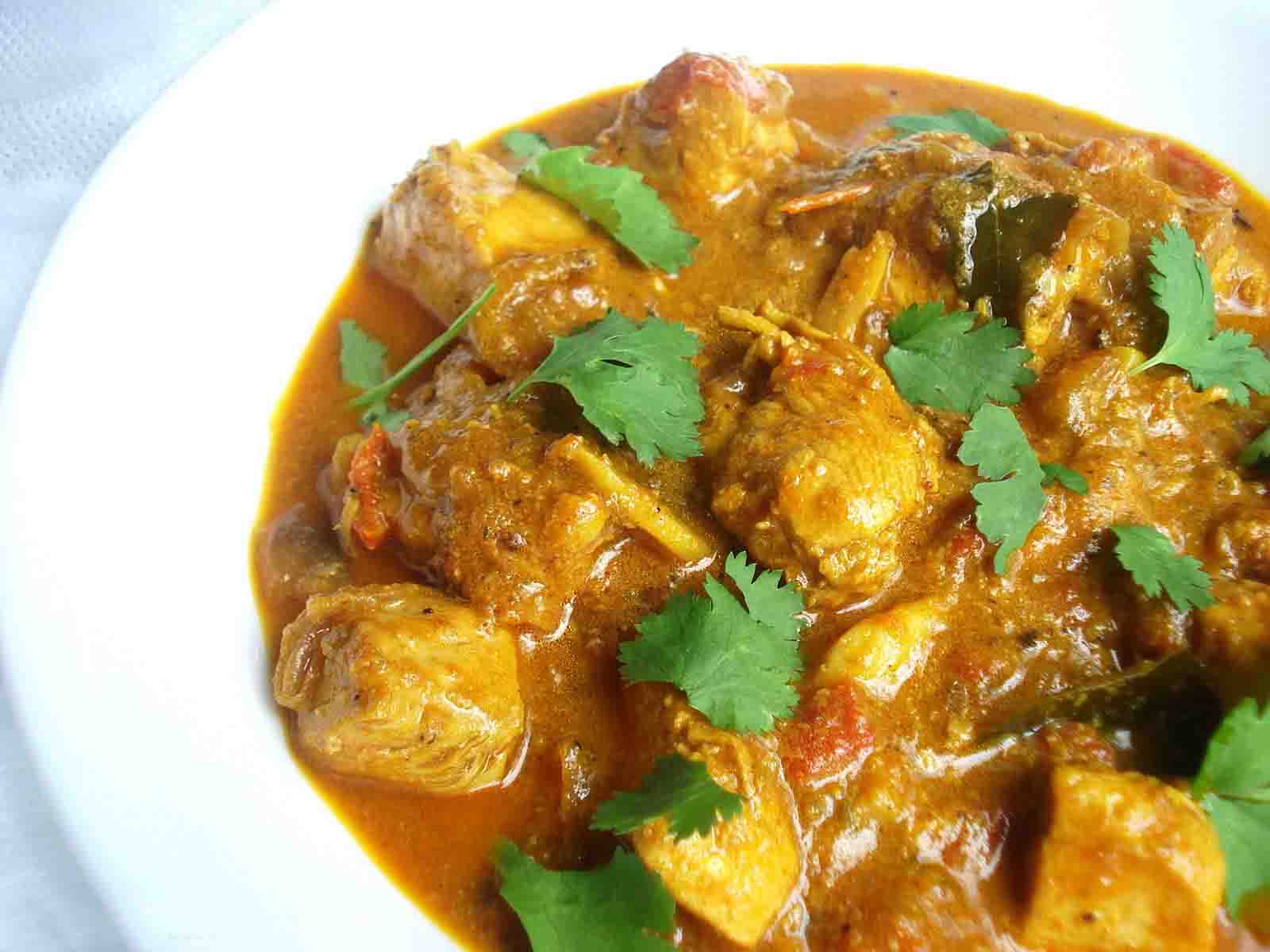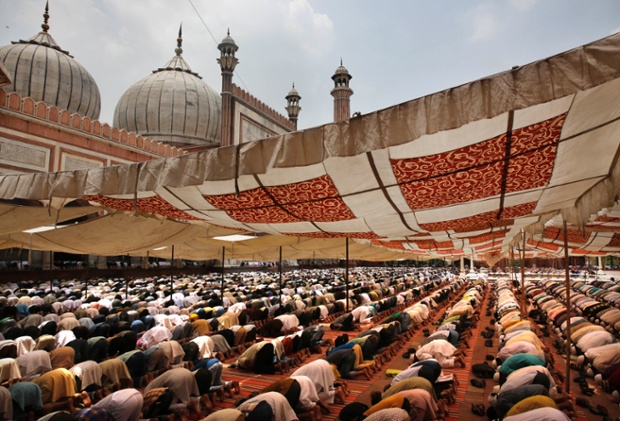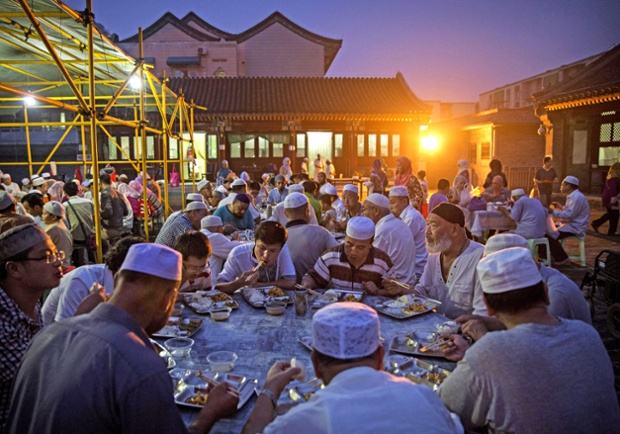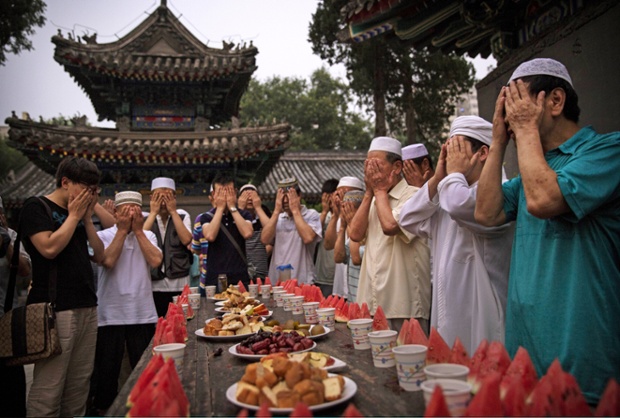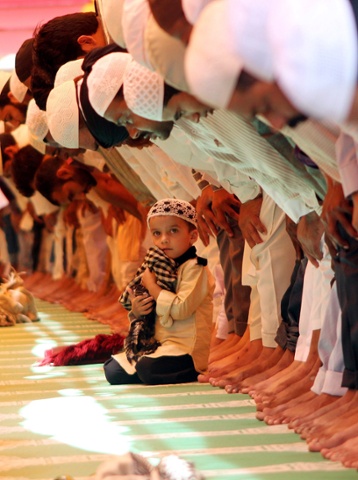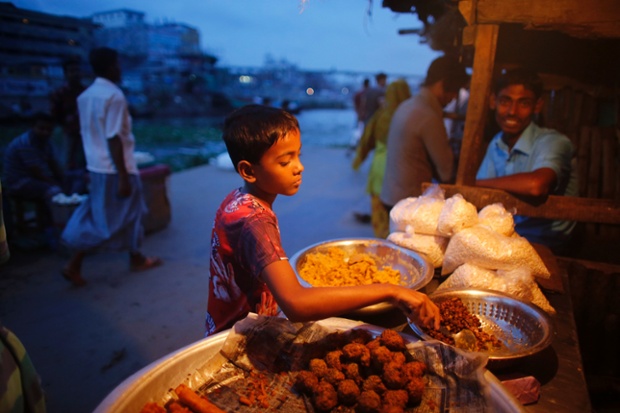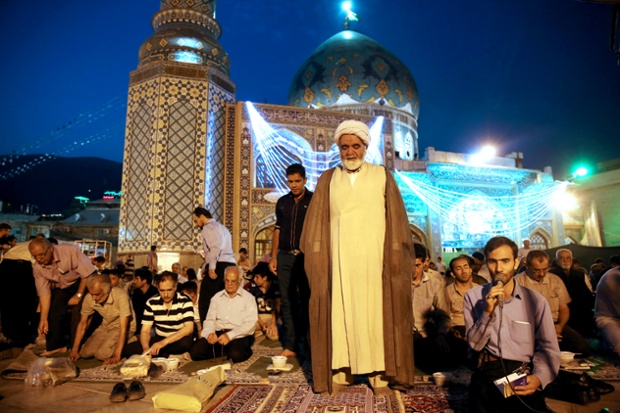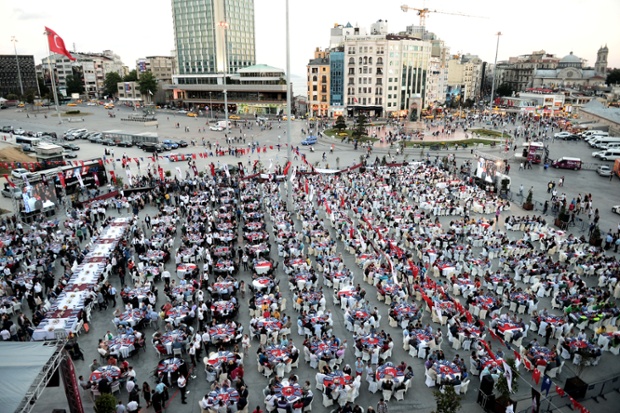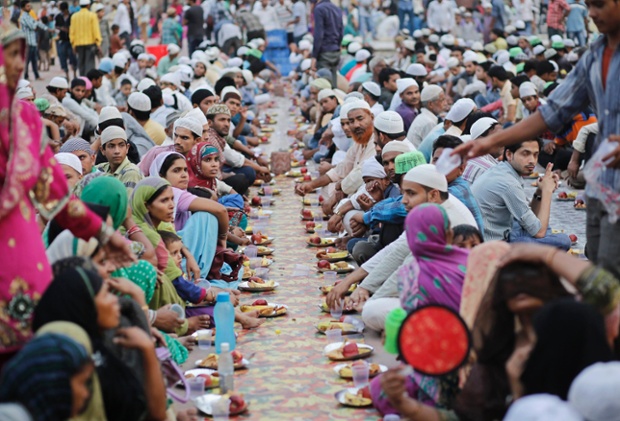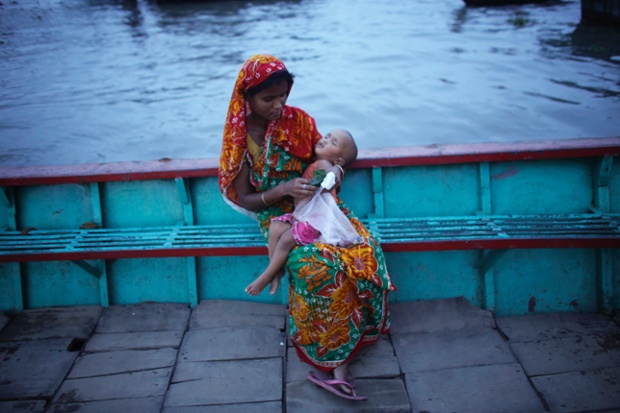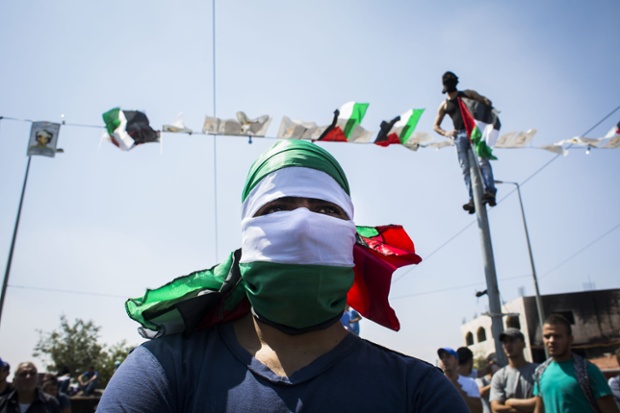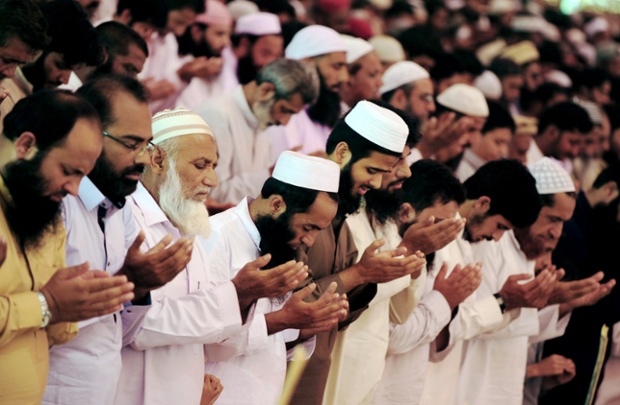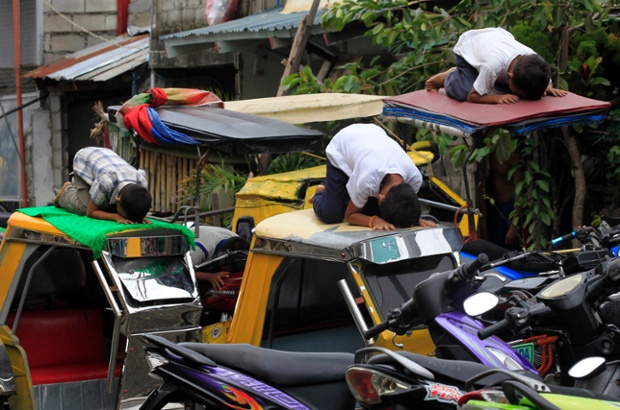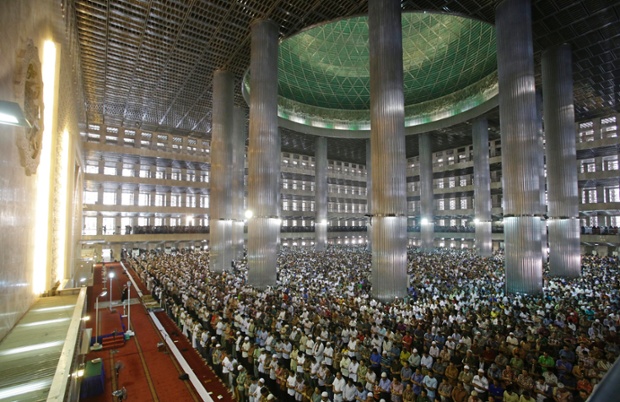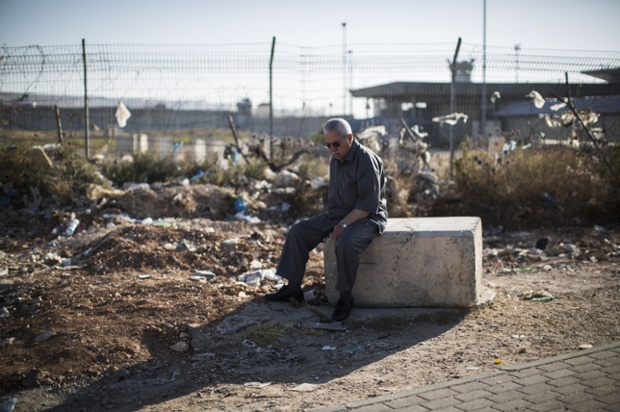During Ramadan, practicing Muslims change their eating habits dramatically.
Questioned by Relaxnews, nutritionist Charlotte Debeugny provided her recommendations to religious fasters looking to make the most out of this festive time of year.
1. Pack in fiber and protein at Suhoor
Suhoor and Iftar, the two daily meals during Ramadan, are taken before dawn and after dusk, respectively. Suhoor is crucial, as it is the faster's last meal before facing the day. So it is important to make sure this pre-dawn meal contains protein (found in eggs, cheese, yogurt, nuts, etc.) and fiber (fruit, vegetables, whole grains, etc.), both of which help stave off hunger over a long period.
2. Avoid overeating after sundown
After a day of deprivation, there is a strong temptation to overindulge at Iftar. To curb the pangs of hunger before reaching for calorie-rich foods, try having a bowl of cold soup or a healthy salad. The evening meal should also include protein, whole grains and vegetables.
Especially during Ramadan, it is important to avoid empty calories and junk food, to eat at least five servings of fruit and vegetables per day, and to ensure that each meal includes healthy portions of protein and dairy products.
3. Eat almonds and dates instead of rich desserts
While Ramadan is a festive time of year, it has the potential to negatively impact one's health. Eating at night rather than during the day affects the body's metabolism, thus increasing the risk of weight gain. Fasting can also lead to cravings for foods that are high in sugar and fat, which can also impact your waistline. Charlotte Debeugny recommends eating a few dates or almonds instead of the extremely calorie-rich pastries served during Ramadan, such as baklava or halva.
4. Avoid the sun and stay hydrated
To stay in shape during a fast, it is also advisable to stay out of the sun, spend most of the day in cool places and avoid strenuous exercise. Eating fruit before sunrise is a good idea, as the water it contains helps to hydrate the body during the day. Be careful not to drink too much water at once. Coffee and tea are to be avoided, as they can actually lead to increased thirst and dehydration. For additional energy, try drinking smoothies or fruit juice diluted with water.
5. Adapt fasting to your physical condition
Before starting a fast, it is necessary to talk to a doctor, particularly for seniors, diabetics taking medication to control their insulin levels, pregnant women and pre-adolescent children. Those with compromised health who still wish to fast for Ramadan should consult their doctor to develop a fasting plan adapted to their condition. At the first symptom of failing health, it is important to stop fasting.





